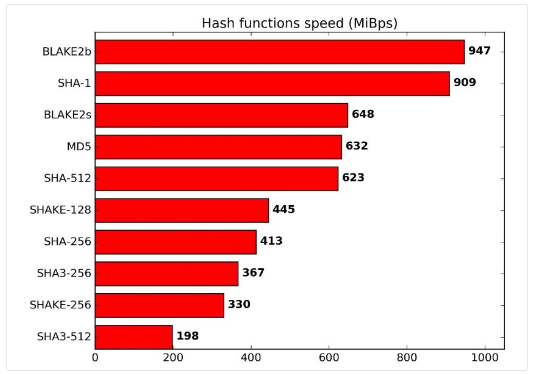Blog
All Blog Posts | Next Post | Previous Post

 Who broke the SHA1 Algorithm?
Who broke the SHA1 Algorithm?
Thursday, March 2, 2017
SHA-1 is a hash function developed by NSA and standardized by NIST in 1994. It is implemented in many Internet protocols using cryptographic primitives, such as TLS. Last week the CWI Institute in Amsterdam and Google announced the first practical collision for SHA-1, meaning that they actually generated two files with the same cryptographic hash, something that should never happen with a hash function because collisions can be used to forge false messages in fraudulent activities.TMS Software has been conservative with cryptographic algorithms and, while offering a wide variety of primitives in its comprehensive TMS Cryptography Pack, is committed to only supporting robust and secure algorithms. Therefore TMS Cryptography Pack never implemented deprecated algorithms such as SHA-1, MD5 or DES, but rather provides the Delphi and C++ Builder communities with the latest standards such as the AES, strong RSA, Elliptic Curve Cryptography, the SHA2 and SHA3 families and ARGON2 for key derivation and many other useful features packaged and ready to use for developers in all types of multi-platform applications.
 TMS Cryptography Pack implements all these algorithms except SHA-1 and MD5
TMS Cryptography Pack implements all these algorithms except SHA-1 and MD5Presentation of TMS Cryptography Pack at Bordeaux and Nantes
Barnsten in organizing 2 free events in March:- Tuesday 14 March, 2017: RAD Studio 10.1 Berlin - BORDEAUX
- Thursday 16 March, 2017: RAD Studio 10.1 Berlin - NANTES
Nancy Lescouhier

This blog post has not received any comments yet.
All Blog Posts | Next Post | Previous Post